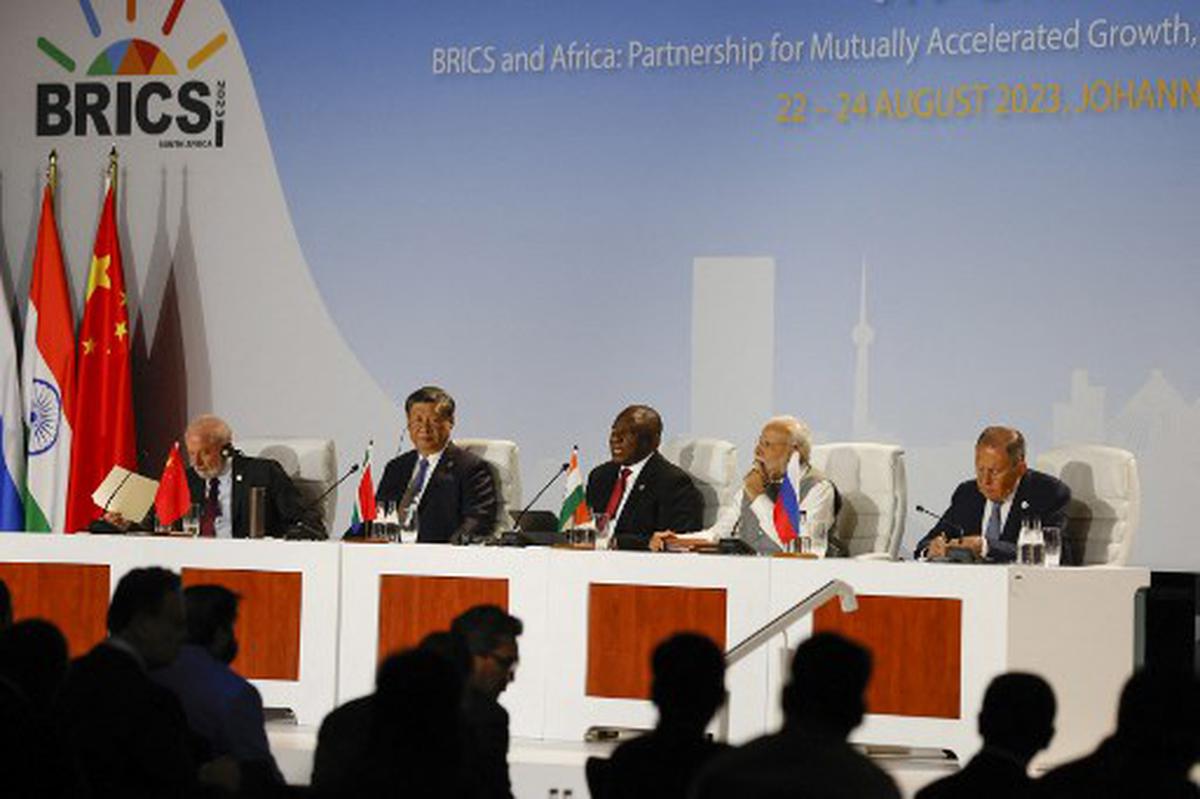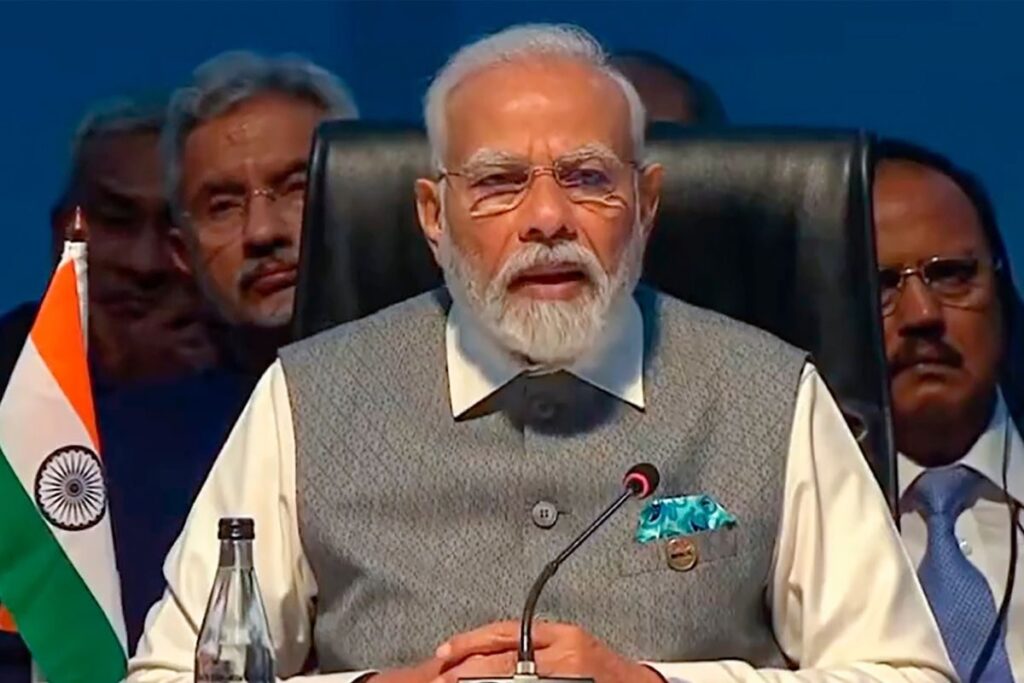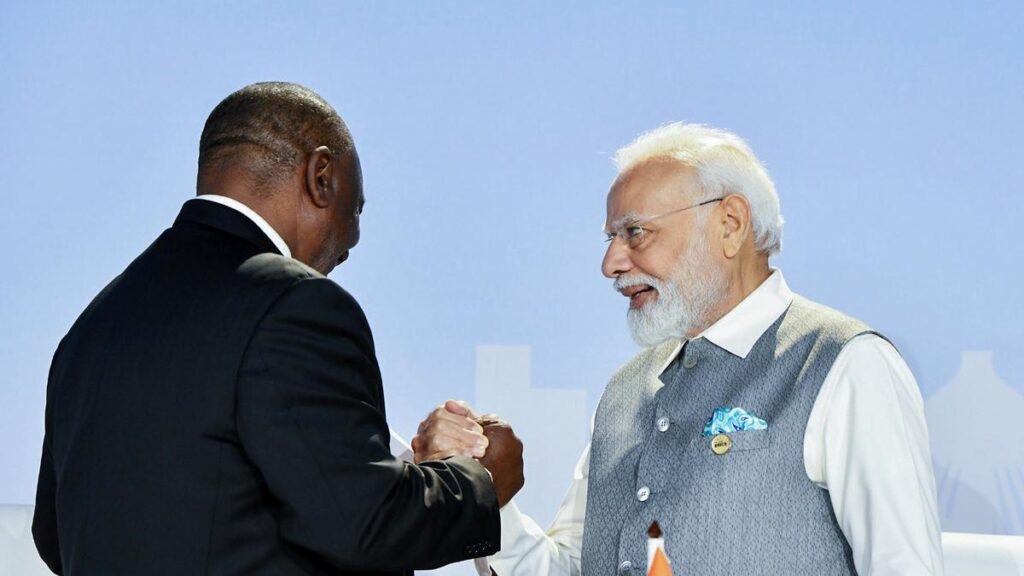
The international landscape is ever-evolving, and as nations strive for cooperation and mutual benefit, alliances like BRICS (Brazil, Russia, India, China, and South Africa) play a crucial role. In a significant move, the BRICS alliance has extended invitations to six new countries – Argentina, Egypt, Ethiopia, Iran, Saudi Arabia, and the United Arab Emirates – to join its ranks. This landmark decision, championed by Prime Minister Narendra Modi, marks a new chapter in international diplomacy and cooperation.
Expanding the BRICS Family: A Historic Step
A New Era of Cooperation (H1)
The decision to expand the BRICS alliance reflects the commitment of member nations to fostering global harmony and progress. With these six diverse countries, the alliance takes a step forward in embracing cultural, economic, and geopolitical diversity, while promoting common goals.
United by Vision (H2)
The core values and aspirations that bind the BRICS nations together have found resonance with the newly invited members. Each of these countries brings unique strengths to the table, creating a powerful synergy that promises to reshape the global geopolitical landscape.
A Closer Look at the New Entrants
1. Argentina’s Strategic Entry (H2)
Argentina’s rich history, coupled with its robust economy, positions it as a strategic partner for BRICS. The nation’s expertise in agriculture, energy, and technology opens doors for collaborative ventures that could address shared challenges.
2. Egypt’s Geopolitical Significance (H2)
Egypt’s pivotal location bridges continents and cultures. By joining BRICS, the country could leverage its influence in the Middle East and Africa to drive sustainable development and regional stability.
3. Ethiopia’s Path to Progress (H2)
Ethiopia’s remarkable economic growth journey holds lessons and opportunities for fellow BRICS nations. By embracing Ethiopia, BRICS can tap into its experiences in sectors like infrastructure, manufacturing, and agriculture.
4. Iran’s Resilience and Resources (H2)
Iran’s resilience in the face of adversity has demonstrated its potential as a key player in global affairs. As a BRICS member, the nation’s vast energy resources and strategic positioning could contribute to collective growth.
5. Saudi Arabia’s Economic Might (H2)
Saudi Arabia’s status as an economic powerhouse in the Middle East aligns with BRICS’ goal of economic advancement. Collaborative efforts could lead to innovations in trade, technology, and investment.
6. United Arab Emirates’ Visionary Approach (H2)
The UAE’s forward-looking policies have turned it into a hub of innovation and progress. By welcoming the UAE into BRICS, the alliance gains a partner that excels in areas such as renewable energy, finance, and infrastructure.
Building a Better Future Together
Harnessing Collective Potential (H1)
The inclusion of these six nations expands the canvas on which the BRICS alliance operates. Their rich cultural tapestry, economic prowess, and strategic significance offer new avenues for cooperation, innovation, and development.



